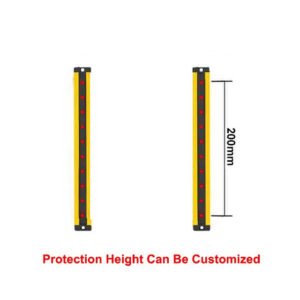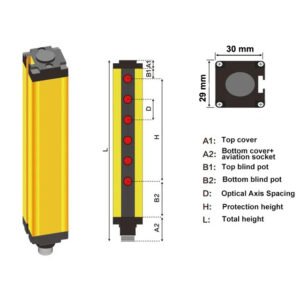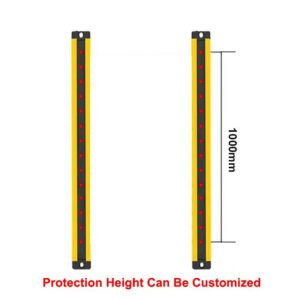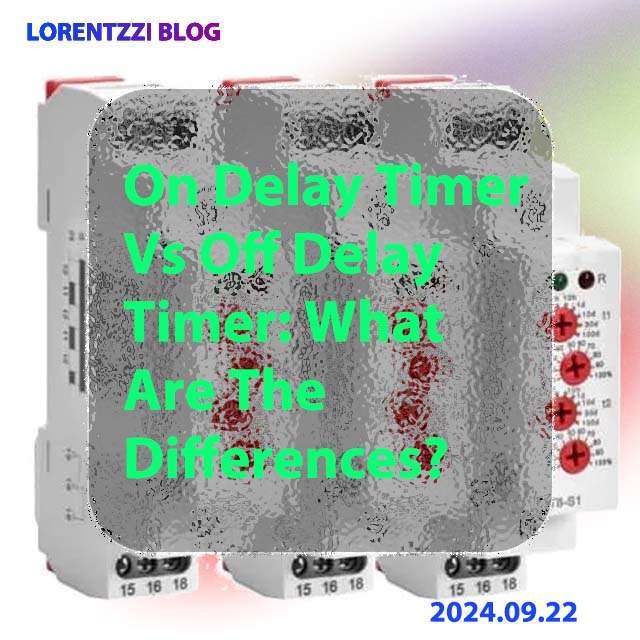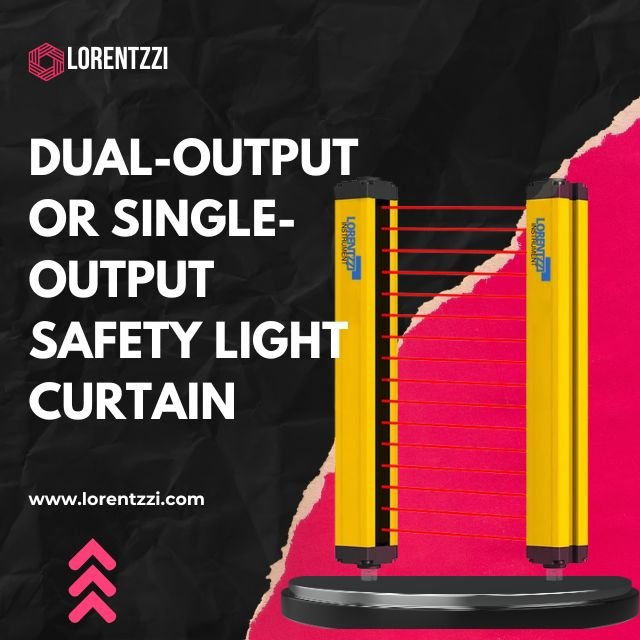Safety light curtains are a type of protective equipment, widely used in the field of industrial automation to protect people from potential harm caused by dangerous machines, such as punching machines, cutting machines, and printing machines.
When using the product, you may find it interesting that there are always two outputs, called OSSD1 and OSSD2, but what are they? Why are there two channels? In this article, we will provide a comprehensive explanation. So, let’s continue.
Table of Contents
What Is The OSSD In A Safety Light Curtain?
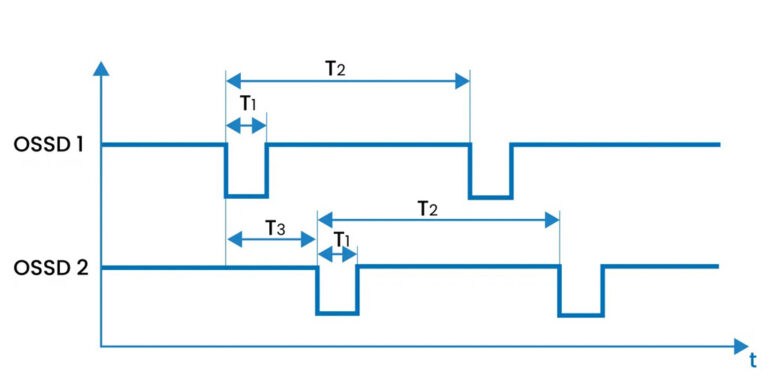
OSSD is the abbreviation of “Output Signal Switching Device”. Safety light curtains generally have two OSSD outputs, and the two OSSDs monitor each other. For example, if the OSSD is in the ON state, OSSD1 and OSSD2 will generate periodic OFF pulses, and there will be a delay between the OSSD1 OFF pulse and the OSSD2 OFF pulse, and the delay time is fixed. The OFF pulse will appear periodically. If it does not appear periodically, it means that one of the OSSDs may be faulty, so both OSSDs will immediately shut down the machine.
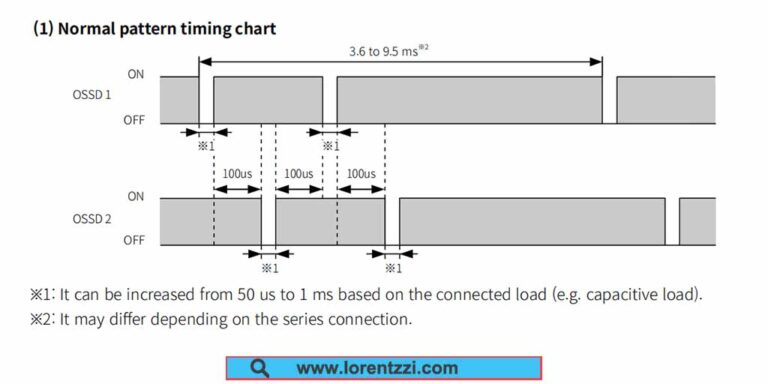
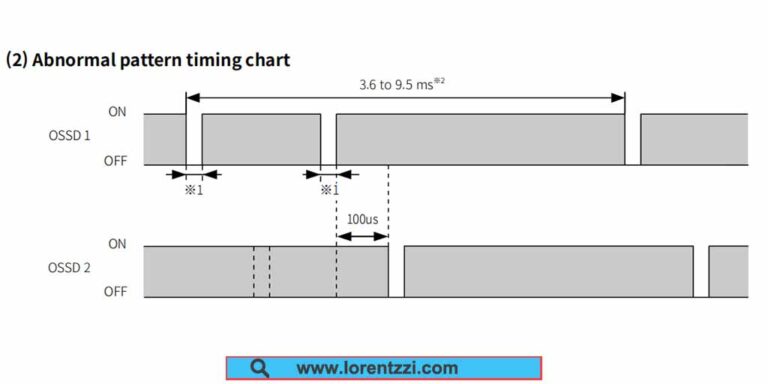
Why Are There OSSD1 And OSSD2 In A Safety Light Curtain?
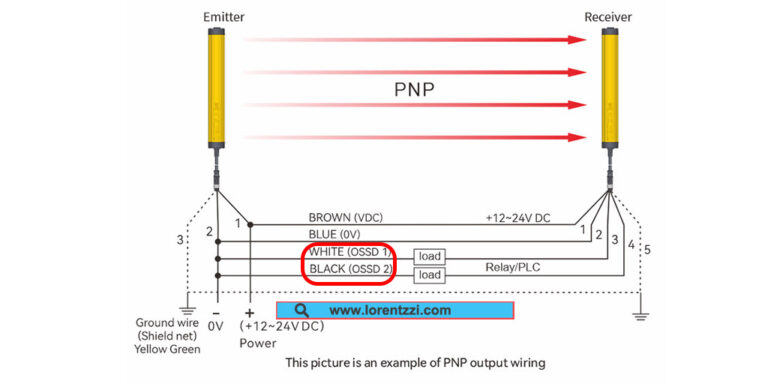
As mentioned above, there are always OSSD1 and OSSD2 in a safety light curtain, why? We will provide an explanation in the following part:
Safety light curtains require OSSD1 and OSSD2 (Output Signal Switching Devices) mainly to provide double safety protection, ensuring that the power supply of mechanical equipment can be reliably cut off when a fault occurs or potential danger is detected, thereby protecting the safety of personnel and equipment. Here are some specific reasons:
- Double safety protection: In safety-related control systems, dual-channel design is usually adopted to ensure that when one channel fails, the other channel can still work normally, thereby avoiding potential safety risks.
- Fault detection and isolation: OSSD1 and OSSD2 can independently monitor and respond to the status of the safety light curtain. If one OSSD fails, the other OSSD can still perform the safety function or at least provide a fault indication.
- Compliance with safety standards: According to the International Electrotechnical Commission (IEC) and ISO standards, safety-related control systems need to achieve a certain safety integrity level (SIL) and performance level (PL). The design of OSSD1 and OSSD2 helps to meet these standards.
- Prevent dangerous failures: OSSD1 and OSSD2 usually have short-circuit protection and cross-circuit monitoring functions, which helps prevent accidental activation or dangerous conditions caused by electrical faults.
- Flexible system integration: In complex automation systems, multiple safety components may be required to work together. OSSD1 and OSSD2 can be integrated with other safety devices (such as safety relays, emergency stop buttons, etc.) to form a complete safety control system.
- Improve system reliability: By using two independent OSSDs in the safety light curtain, the reliability and stability of the entire safety control system can be improved.
- Meet specific application requirements: Some applications may require a higher level of safety protection, such as in high-risk or high-value manufacturing processes, and the use of two OSSDs can provide an additional layer of safety.
How To Wire The OSSD?
Since the safety light curtain can be divided into two types according to the output: PNP NC (normally closed) output or NPN NC (normally closed) output, the wiring of OSSD1 and OSSD2 can be divided into two cases. The wiring diagram is as follows:
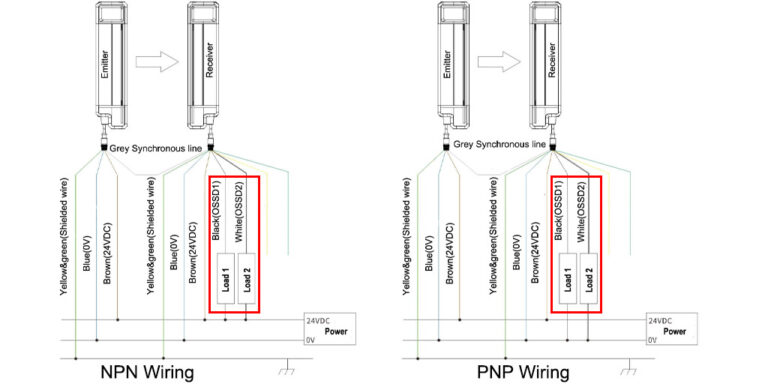
From the safety light curtain wiring diagram above, we can see that the output of OSSD is only 24VDC, but the working rated voltage of most machines is 220 VAC or 380 VAC, so how should we solve this problem? In most cases, it will have a safety relay. If there is no safety relay available, you can try to use our DC AC solid state relay, which has a control voltage of 3-32VDC, and the control voltage can be 220VAC (single-phase SSR) or 380VAC (three-phase SSR).
Conclusion
To sum up, safety light curtain OSSD is the professional name for output, and OSSD1 and OSSD2 are two outputs in parallel, which can provide double safety protection and make the safety light curtain safer.
Our Lorentzzi® brand safety light curtains with single channel OSSD1 output or dual output OSSD1 and OSSD2 are of superior quality and competitive price, please contact us now for the latest price!


